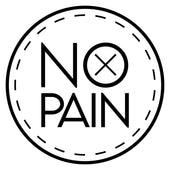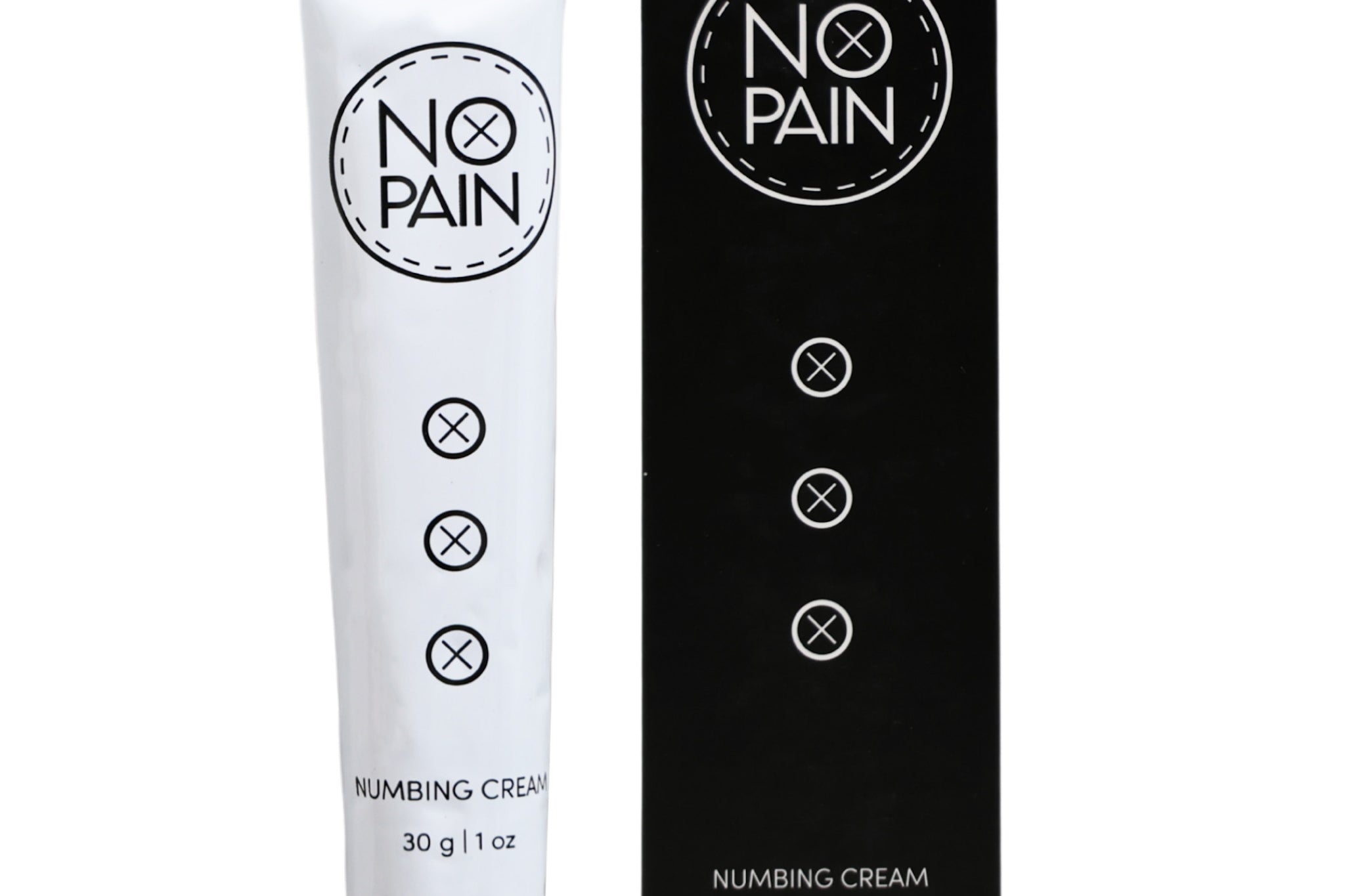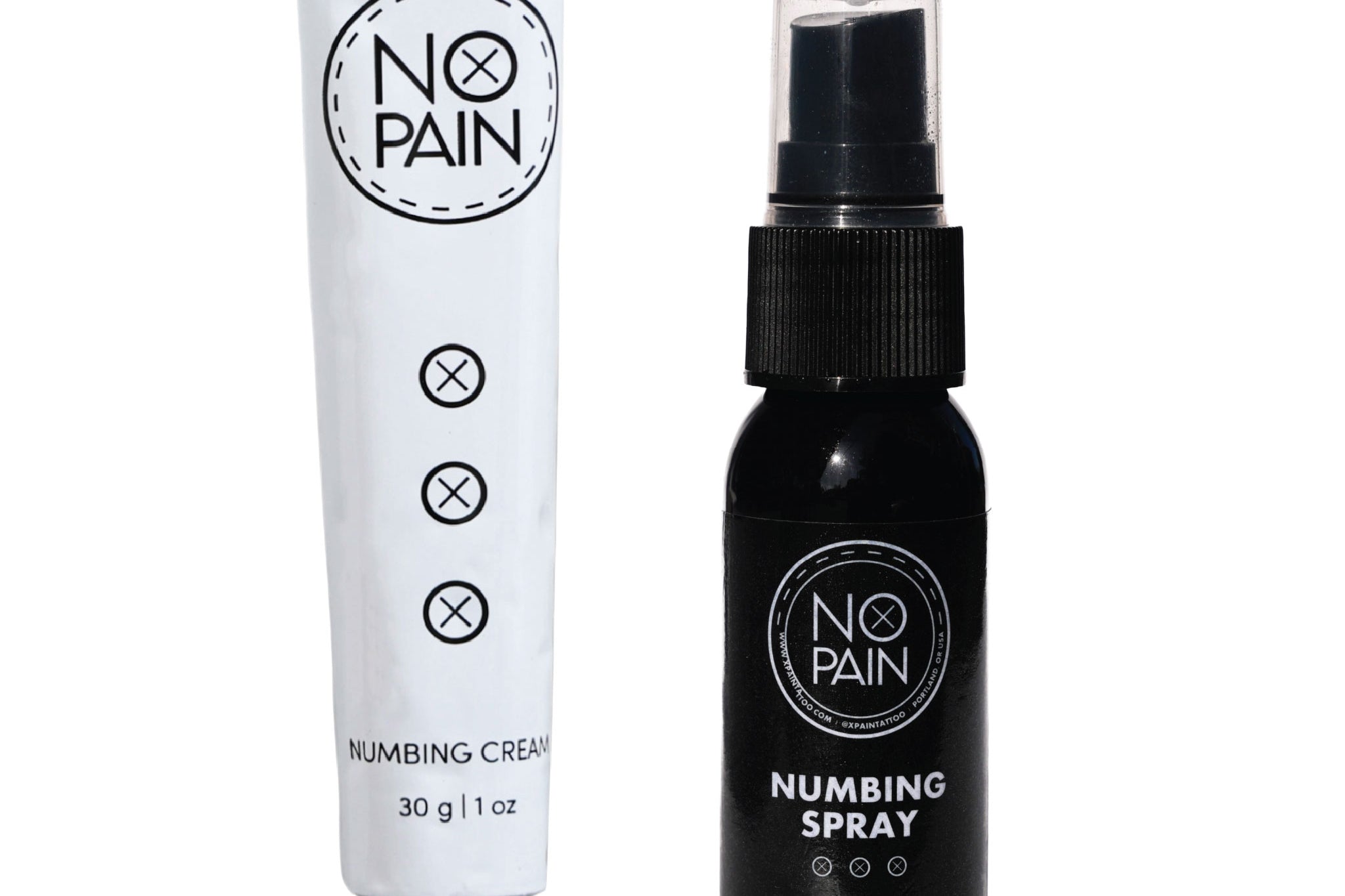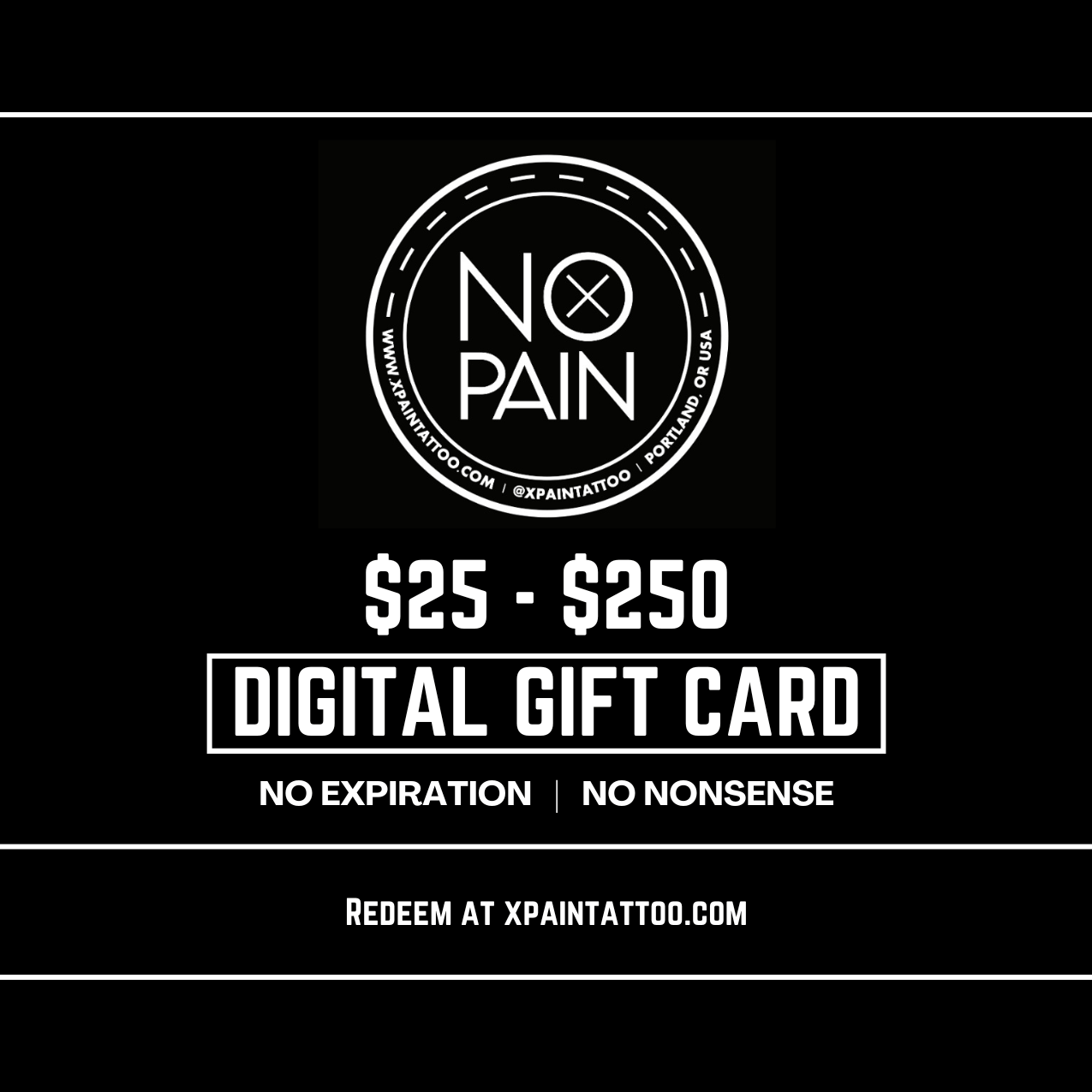Stomach tattoos—whether a large centerpiece, a delicate script under the bust, or a full front panel—are some of the most powerful and visually stunning placements you can get. They accentuate the natural lines of the body and create a true statement piece.
But there's no hiding from its reputation. The stomach is known throughout the tattoo world as one of the most challenging spots to get tattooed. So, how bad is the pain really? And more importantly, how do you survive the session?
The stomach is a high-pain area, but the type of pain is very different from bony spots like the ribs or spine. It's a unique challenge, but with the right preparation, it's a challenge you can absolutely conquer.
The Anatomy of Stomach Pain: A Different Kind of Hurt
The pain of a stomach tattoo is unique and intense for a few key reasons:
-
Soft, Stretchy, and Sensitive Skin: Unlike bony spots where the pain is sharp and rattling, the stomach is a large area of soft, stretchy, and highly sensitive skin. The pain is often described as a very deep, burning, and raw sensation. Because there's no bone to hit, the pain can feel more "internal" and visceral.
-
The Solar Plexus: Your solar plexus, a complex network of nerves, is located right in the center of your upper abdomen. Tattooing near or over this area can be intensely painful and can even trigger an almost nauseating response for some people.
-
Involuntary Movement: Your stomach naturally moves up and down as you breathe. Many people also experience involuntary muscle twitches in their abdomen in response to the pain. This creates a difficult, moving canvas for the artist.
The Stomach Pain Map
Like any large area, the pain level varies depending on the specific spot. On a pain scale of 1 to 10:
-
The Centerline / Solar Plexus: 9-10/10. This is the epicenter. The high concentration of nerves makes the pain exceptionally sharp and deep.
-
The Upper Stomach (just below the sternum): 8-9/10. This area is also extremely sensitive, combining the soft tissue pain with its proximity to the sternum and rib cage.
-
The "Love Handles" / Sides: 6-8/10. The fleshy sides of the abdomen are generally more tolerable than the center but are still very tender.
-
The Lower Abdomen (below the navel): 7-9/10. This is another very sensitive area for most people.
Your Survival Guide: How to Conquer the Session
Surviving a stomach tattoo, especially a long session, is a mental and physical marathon. Your ability to lie still is paramount for getting clean, beautiful work.
This is not a spot to just "tough it out." A proper pain management strategy is the key to success.
-
The Ultimate Tool: Our No Pain Tattoo Numbing Cream is the ultimate tool for surviving a stomach tattoo. Because the stomach is a large area of soft tissue, it absorbs the cream incredibly well. By applying it as directed 90 minutes before your appointment, you can numb the area so deeply that the intense, raw, burning pain is replaced by a dull, manageable pressure. This is how you turn a 9/10 pain ordeal into a 2/10 comfortable experience.
-
Go the Distance: For a full stomach panel that will take all day, you need a plan for the later hours. Our No Pain Tattoo Final Mile Gel™ is designed to be applied by your artist mid-session on the broken skin, re-numbing the area and giving you the endurance to finish the piece in one go.
For a project this serious, our No Pain Tattoo Numbing Products Bundle (Comfort Bundle) is your complete survival kit.
The Verdict: How bad is stomach tattoo pain? It's intense, deep, and a true test of endurance. But it is absolutely a surmountable challenge. You do not have to let the fear of this high-pain spot stop you from getting a powerful and beautiful centerpiece tattoo.
By understanding the unique nature of the pain and arming yourself with the most effective pain management tools available, you can lie down with confidence, survive the session with ease, and walk away with a stunning stomach tattoo.




